Tues. and Wed., April 19, 20, 2016
Two public meetings will discuss a possible free mobile pumpout service in the San Juan Islands.
— from Bridget Trosin, for Washington Sea Grant —
Last year, pumpout facilities supported by Pumpout Washington, a partnership of the Washington State Parks Department’s Clean Vessel Program, Washington Sea Grant, and the U.S. Fish and Wildlife Service, diverted 8.4 million gallons of onboard sewage from Washington waters. Now the Parks Department is considering expanding this popular service to reach recreational boaters in the San Juan Islands.
Pumpout Washington invites island residents and boaters who visit the San Juans to share their suggestions for the best sites to deploy mobile pumpout boats. Popular anchorages with less-than-ideal tidal flushing will receive top priority, and citizen input can help narrow the choices for consideration.
This unique service brings fully powered pumpout equipment right to boaters where they anchor. Pumpout boats deployed by the program on Lake Washington and the Duwamish River, at Semiahmoo, and in two Tacoma harbors have already proven the technology’s effectiveness in remote, farflung and hard-to-reach locations.
When and where:
- Tues., April 19: Orcas Island 5 – 7 p.m.
- Orcas Island Fire Station Community Room
- 45 Lavender Lane, Eastsound
- Wed., April 20: Lopez Island 5 – 7 p.m.
- Lopez Island Fire Station Community Room
- 2228 Fisherman Bay Road, Lopez Island
Washington Sea Grant, based at the University of Washington, provides statewide research, outreach and education services addressing the challenges facing our ocean and coasts. The National Sea Grant College Program is part of the National Oceanic and Atmospheric Administration, U.S. Department of Commerce. wsg.washington.edu.
**If you are reading theOrcasonian for free, thank your fellow islanders. If you would like to support theOrcasonian CLICK HERE to set your modestly-priced, voluntary subscription. Otherwise, no worries; we’re happy to share with you.**
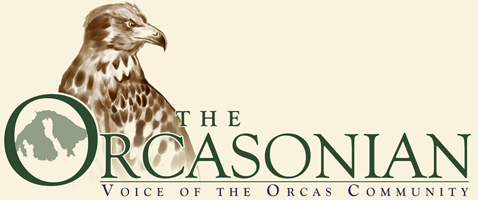

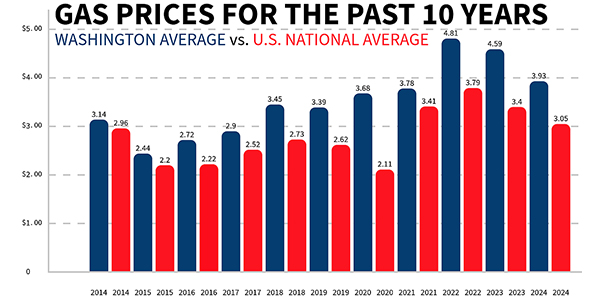

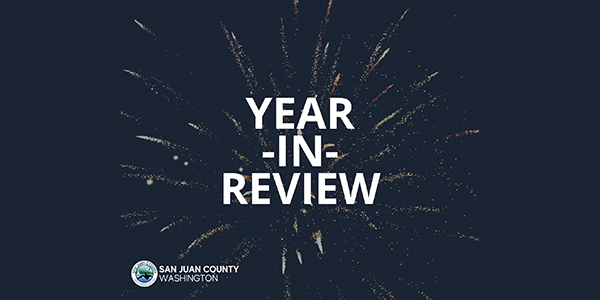
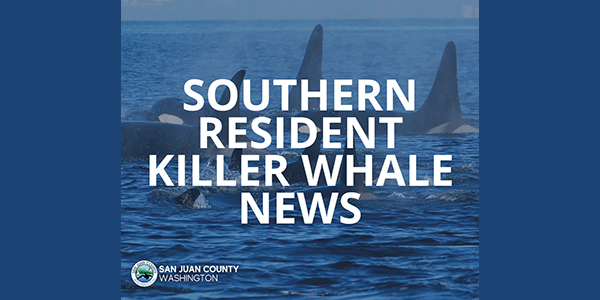
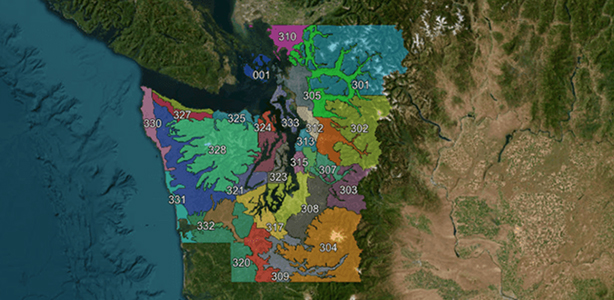
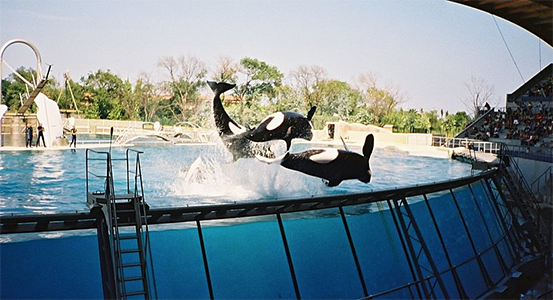
Boaters — please come to give your unique LOCAL perspectives to the planning for this important service. Help keep our waters clean and fecal free!
Hi Bridget –
that’s g00d news that 8.4 million gallons of sewage was diverted from the local waters last year (presumably 2015) – this is approximately .08% of the untreated sewage that the city of Victoria, B.C. discharges at the rate of approximately 28 million gallons daily into the same waters (source Responsible Sewage Treatment Victoria). If the goal is to reduce sewage discharge into the local waters, strikes me that two things might be useful:
a. – use resources that would otherwise go towards a pump-out boat in the San Juans and apply those resources to Victoria, B.C. sanitation discharge issues – solving the big problem first is a reasonable approach.
b. – if you really believe that extracting sewage from boat holding tanks in the San Juans makes sense despite what is happening on the other side of Boundary Pass, then you could spend the money to subsidize the expansion of year-round fixed pump-out facilities in the San Juans beyond the six existing ones.
” Pumpout boats deployed by the program on Lake Washington and the Duwamish River, at Semiahmoo, and in two Tacoma harbors have already proven the technology’s effectiveness in remote, farflung and hard-to-reach locations.”
None of these locations are in any way remote, far flung and definitely not hard to reach. Many anchorages in the San Juan’s however, are. Comparing high density anchorages in urban locations to widely dispersed anchorages in the islands isn’t exactly comparing apples to apples. It’s already illegal to pump out to the water everywhere in the county (you need to go to a pump out facility) so why is the even necessary?
Seems like a very expensive way to accomplish very little.
The Eastsound Sewer and Water District has participated in several prior meetings with this State agency to support its efforts to reduce the septage that is pumped from numerous boats while they are in traveling through the Samish Sea.
This issue is very complex because collecting the septage from the boats is only the first step in disposing of the waste. The collected solids must eventually be dumped, off-island, even though the various treatment plants around the County have processed the waste stream and reduced the volume that needs to be shipped elsewhere, generally to eastern WA. or OR.
That is the challenge. There is always a disposal element to this process unless a very expensive, ultra treatment process is employed to create class A biosolids.
There is a legitimate question to be asked about the cost effectiveness of collecting waste from boats scattered through our County’s waters, treating the waste and then re-shipping it elsewhere. A more practical approach might be education on illegal dumping, posted signage at harbors, and enforcement of existing laws regulations against such practices. The reality is that there is a lot of open water in our County.
That all having been said, the State program is a commendable one that deserves participation by boaters and treatment agencies to effect a practical protocol throughout the Samish Sea that will minimize illegal dumping. Eastsound Sewer and Water District will continue to participate.
And, of course, Victoria, BC continues to pump a river of septage into the Straights. Go figure!!